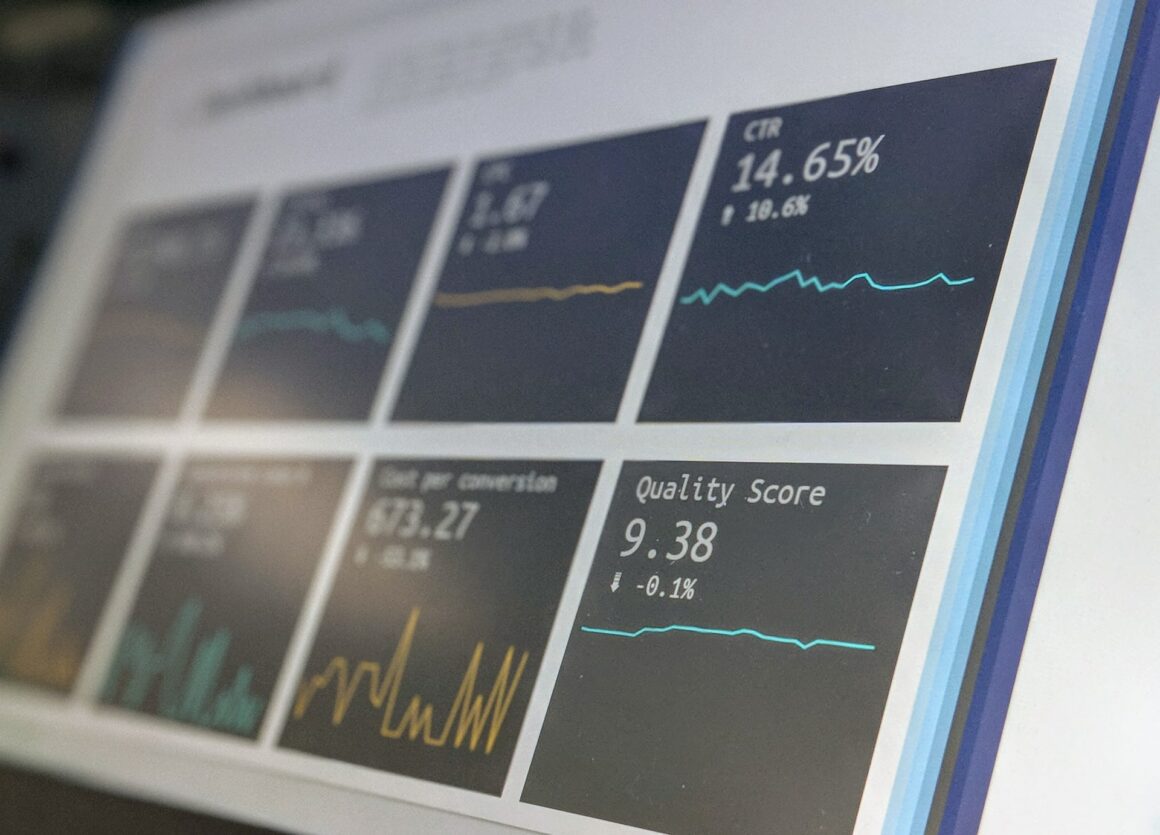In my professional journey within Product Design and Innovation, I’ve embraced data-driven design as more than a methodology – it’s a guiding philosophy. However, I can’t help by seeing many professionals working in the digital industry still prefer to keep following the old-fashioned gut feeling, which in the long run not only can lead to a non-user centric product, but most importantly poorer product performance.
To demystify the use of data in the design process and help many out there to learn more about this important aspect, in this article I will delve deeper into this approach, emphasising not just the how but also the tools that are instrumental in this process, including the integration of AI in product management tool.
The Philosophy of Data-Driven Design

Embracing Empirical Evidence
In my practice, I prioritise data over intuition. Every design choice is rooted in what the users genuinely need and how their experience can be enhanced. Data-driven design thus ensures our creations are not only aesthetically pleasing but effectively meet user demands.
Integrating Data Throughout
Data-driven design is an ongoing journey. From conception to final product, each step is informed by user data, ensuring that the end product is perfectly aligned with user expectations.
The Mechanics of Data-Driven Design

1. Collecting the Right Data
The initial stage involves gathering pertinent data, including user behaviors and feedback. Tools like Google Analytics, User Surveys, quantifiable feedback from Customer Service, and heatmaps are indispensable here.
For a more holistic view, especially in product management, tools like ProductBoard now integrated with AI, are game-changers. They allow us to swiftly analyse vast amounts of user feedback, identifying key issues and areas for improvement. This immediate recognition of user-reported problems enables us to respond quickly, testing and validating various design solutions to address these issues effectively.
2. Analysing and Interpreting Data
After data collection, comes analysis and interpretation. Here, analytics teams, AI and machine learning tools are crucial. They help in revealing patterns and insights that might otherwise go unnoticed. Tools like Tableau, Google Looker Studio, and Adobe Analytics are great for visualising complex data, making it easier to derive actionable insights.
3. Implementing Design Changes
With clear insights, the design process becomes more focused and intentional. If data indicates user confusion in certain areas, we can redesign those elements for better clarity and usability. This phase is iterative, involving continuous testing and refinement.
AI: Enhancing Data-Driven Design

My strong advocacy for AI in design is based on its ability to process and analyse data efficiently. AI algorithms can handle large datasets, uncovering trends and forecasts that inform smarter design choices. This capability is crucial for personalising designs at scale, catering to individual user preferences.
Conclusion
Data-driven design, especially when augmented with AI and modern product management tools like ProductBoard, is a powerful approach that marries the art of design with the science of data.
By utilising these tools and techniques, designers and product managers can create more effective and user-centered products. This approach is not just about adaptation; it’s about revolutionising how we create, innovate, and deliver in the digital age.



